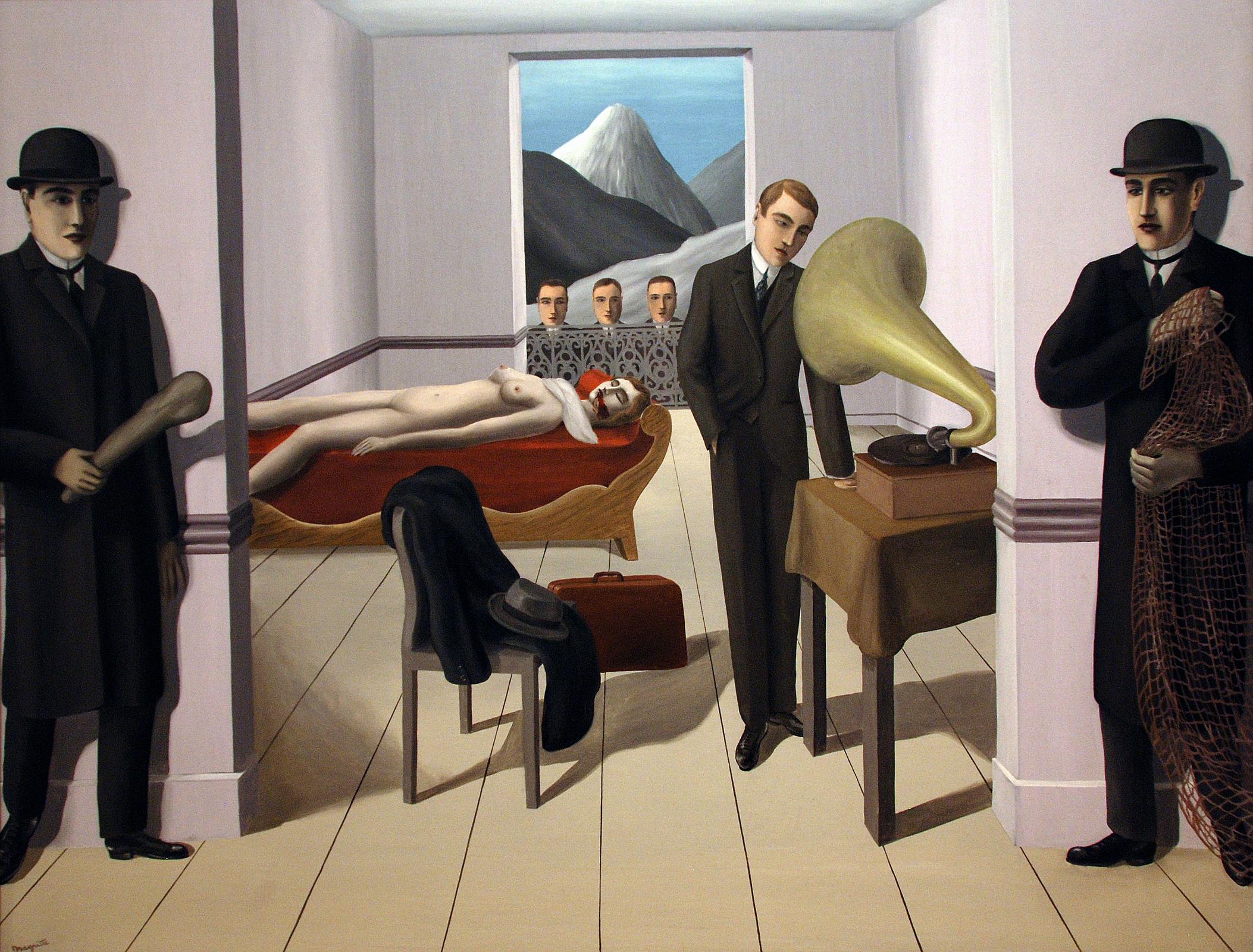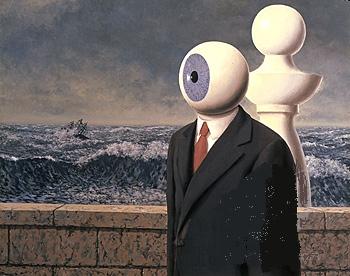The word critique holds a lot of weight to it—most people
simply read the word as “criticize.” Some reviewers get lazy and do just that,
and unsupported arguments run rampant. In the case of children’s media, the
idea of critique can have these same negative connotations. Parents undoubtedly
get nervous about their children getting indoctrinated with all sorts of
dangerous or extreme ideas—or ideas that don’t match their own opinions. This
is why Nausicaa of the Valley of the Wind
is such a successful movie—rather than pushing a certain agenda, it plays with
ideas. I have a very distinct memory of watching this film for the first time.
My brother introduced it to me, and I was around 8 or 9. Before we started, he
told me that his favorite part of the movie is that there isn’t a bad guy. As a
kid, I found this disconcerting, and honestly I didn’t believe him. When I
watched the movie I was very surprised to find out that the film holds
sympathies for every group and opinion. Don’t get me wrong—it does have a point
of view. However, the characters and issues represented are three dimensional
and shown with a humanity that makes these issues as complicated as they
deserve.
This
humanity is primarily shown through the two main female characters—who, by the
way, are awesome female characters who are powerful, smart leaders without
sacrificing their femininity. Nausicaa, as our protagonist, has the majority of
the screen time and her hopes and dreams are the ones we are all rooting for.
However, she is not entirely without blame. Nausicaa’s sympathies for the
insects cause problems for her very consistently. Her flashbacks depict
memories of harboring a tiny Ohm, make this love of the bugs very complicated.
As the audience has seen by this point, this Ohm could bring toxins into the
valley and also destroy the village. Overall, she is young and makes lots of
mistakes along the way.
Princess Kushana,
the leader of the Tolmekian army, is perhaps the most fascinating character,
and makes the critique in Nausicaa as
three dimensional as it is. The Tolmekians are incredibly destructive, and if
there has to be a bad guy, they are it. Initially Kushana seems destructive and
terrifying, but quickly the story creates sympathy for her. She, like Nausicaa,
is trying to be a good leader. Additionally, the fact that her body has been destroyed
because of the insects makes her blood thirst for them very sympathetic. Lastly,
she and Nausicaa have some sisterly respect for each other that makes their
relationship very dynamic.
As
discussed in class, Henry Jenkins said that “children use their play to explore
the social structures that surround them.” The humanistic way the characters in
Nausicaa of the Valley of the Wind a
good example for children to questions their social structures and look at
their antagonists in a new light.




